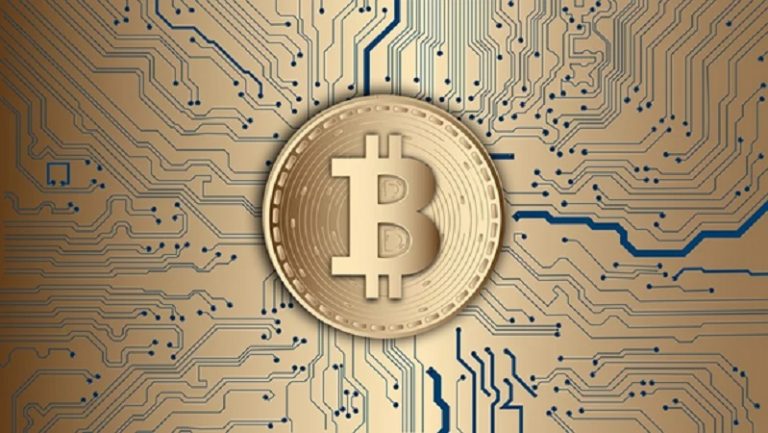
Bitcoin halving is a phenomenon that occurs every four years on the Bitcoin network. It is a process that reduces the amount of new bitcoins created and distributed to miners for each block they mine. The halving is designed to control the inflation rate of Bitcoin and ensure its scarcity and value.
The Bitcoin network operates on a consensus mechanism called proof-of-work (PoW), which requires miners to use their computing power to solve complex mathematical problems and validate transactions. The first miner who solves the problem gets to add a new block to the blockchain and receive a reward in bitcoins. The reward serves as an incentive for miners to secure the network and process transactions.
The reward started at 50 bitcoins per block when Bitcoin was launched in 2009. Since then, it has been halved twice: once in 2012 (to 25 bitcoins), and once in 2016 (to 12.5 bitcoins). The third and most recent halving occurred on May 11, 2020, reducing the reward to 6.25 bitcoins per block.
Register for Tekedia Mini-MBA edition 18 (Sep 15 – Dec 6, 2025) today for early bird discounts. Do annual for access to Blucera.com.
Tekedia AI in Business Masterclass opens registrations.
Join Tekedia Capital Syndicate and co-invest in great global startups.
Register for Tekedia AI Lab: From Technical Design to Deployment.
The next halving is expected to happen in April or May 2024, when the reward will drop to 3.125 bitcoins per block. This will continue until the total number of bitcoins reaches 21 million, which is the maximum supply limit set by Bitcoin’s creator, Satoshi Nakamoto. According to current estimates, this will happen around the year 2140.
Why Does Bitcoin Halving Matter
Bitcoin halving has significant implications for the Bitcoin network and its users. Here are some of the main effects of halving:
It affects the profitability of mining. As the reward decreases, so does the revenue for miners. This means that some miners may stop mining if their costs (such as electricity and hardware) exceed their income. This could reduce the hash rate (the total computing power) of the network and make it less secure and efficient. However, this could also be balanced by an increase in the price of Bitcoin, which would make mining more profitable again.
It affects the supply and demand of Bitcoin. As the reward decreases, so does the rate of new bitcoins entering circulation. This creates a supply shock that could drive up the price of Bitcoin if the demand remains high or increases. This is based on the economic principle of scarcity, which states that the less available something is, the more valuable it becomes. However, this also depends on other factors, such as market sentiment, regulation, innovation, and competition.
It affects the adoption and innovation of Bitcoin. As the reward decreases, so does the inflation rate of Bitcoin. This means that Bitcoin becomes more like a deflationary currency, which encourages saving rather than spending. This could increase the demand for Bitcoin as a store of value, especially in times of economic uncertainty and currency devaluation. However, this could also discourage spending and investing in Bitcoin-related projects and services, which could hamper its growth and innovation.
How to Prepare for Bitcoin Halving
Bitcoin halving is an inevitable and predictable event that has been coded into the protocol since its inception. Therefore, it should not come as a surprise to anyone who is involved in or interested in Bitcoin. However, it is still important to be aware of its implications and potential outcomes.
Here are some tips on how to prepare for Bitcoin halving:
Do your own research. Don’t rely on hearsay or hype to make your decisions about Bitcoin. Read up on the history and mechanics of halving and learn from past experiences and data. Understand the risks and opportunities involved and form your own opinions and expectations.
Diversify your portfolio. Don’t put all your eggs in one basket. While Bitcoin may be the most dominant and popular cryptocurrency, it is not the only one. There are thousands of other cryptocurrencies that have different features, functions, and goals. Some of them may even benefit from Bitcoin’s halving, such as those that use alternative consensus mechanisms or offer complementary services. Explore and invest in a variety of crypto assets that suit your risk appetite and objectives.
Be patient and cautious. Don’t expect immediate or dramatic results from halving. While halving may have a long-term impact on Bitcoin’s price and adoption, it may not have a noticeable effect in the short term. The market may have already priced in the halving, or it may react differently than expected due to other factors. Be prepared for volatility.



